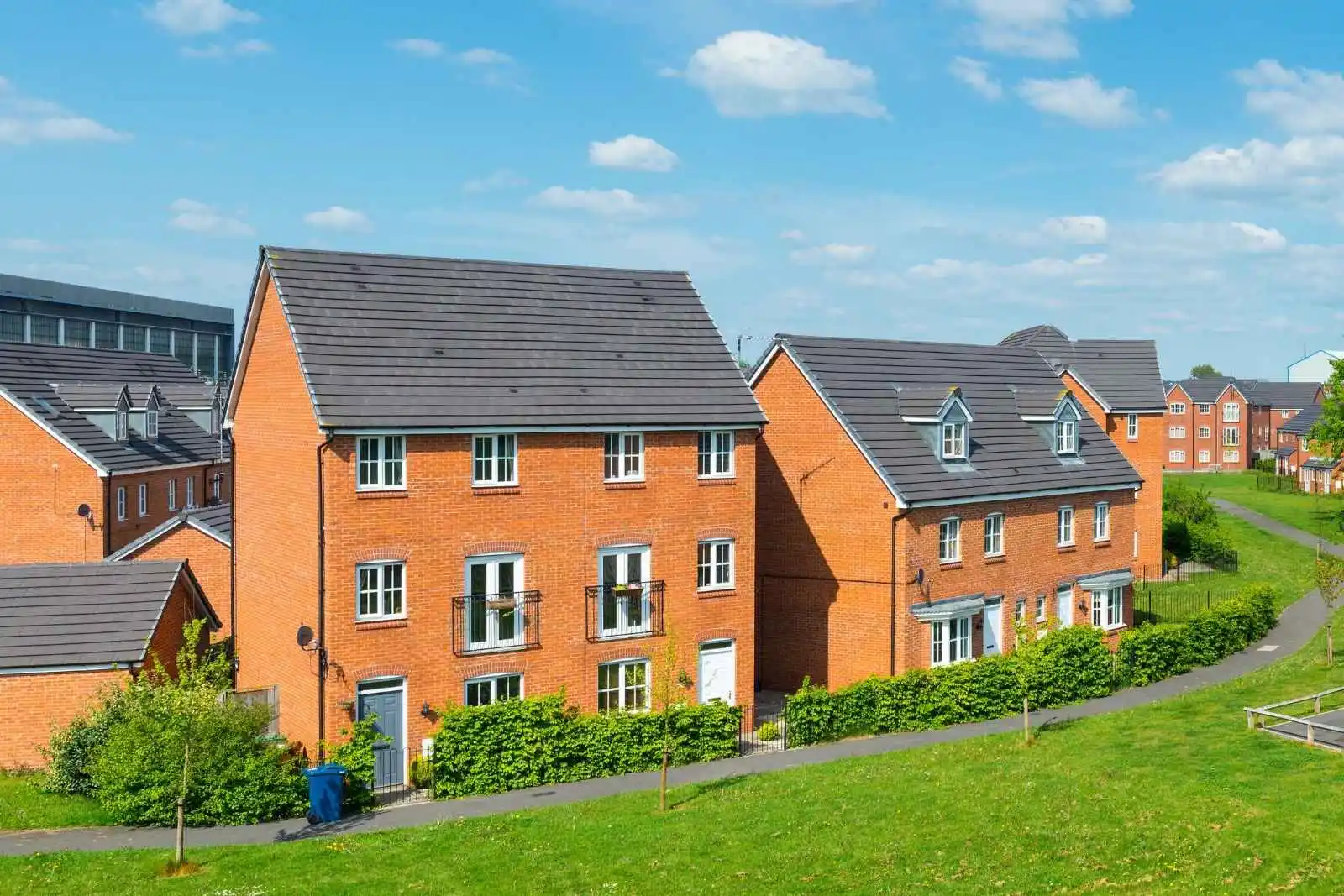As the UK enforces mandatory Biodiversity Net Gain (BNG) regulations, developers adjust to requirements that balance development with environmental stewardship. BNG mandates a 10% net gain in biodiversity on-site or through off-site compensation, creating challenges and opportunities for developers.
In October, we led a breakfast panel discussion with DEFRA, Lichfields UK, Natural Asset Partners, BDB Pitmans and Gaia to discuss common challenges developers across the UK face and give tips on complying with the policy whilst minimising adverse effects on development. You can watch the panel recording here.
From the discussion, here are our six main takeaways:
1. Start with early planning and feasibility studies
Planning for BNG early in the development process is crucial. BNG should be part of the initial site assessments, as it directly impacts project feasibility and budgeting.
Key Strategies:
- Conduct feasibility studies: Assessing BNG requirements early on helps determine whether on-site or off-site compensation is feasible and can reduce surprises later.
- Develop a clear BNG plan: A thorough BNG plan can streamline the path to compliance. This should outline on-site and off-site compensations and detail monitoring commitments over the required 30-year years.
“The key is integrating BNG into the project from the start rather than treating it as an additional cost or checklist item. Early planning reduces the risk of complications later on.” - Heather Overhead, Associate Director at Lichfields UK.
2. Decide between on-site and off-site BNG solutions
Developers have two main routes to achieve BNG: on-site enhancements (such as creating green spaces within the development) or off-site compensation (purchasing biodiversity units from habitat banks). Each has unique benefits and considerations.
On-site BNG:
- Ideal for projects with sufficient land to support natural habitats, potentially adding value to the development.
Off-site BNG:
- Useful when on-site biodiversity improvements aren’t feasible. Off-site units allow developers to contribute to biodiversity in alternative locations through verified habitat banks.
“The choice between on-site and off-site largely depends on market dynamics and specific site needs. Some developers may find it more cost-effective to meet BNG requirements off-site, especially as unit prices stabilise.” - Ben Askins, Co-founder at Gaia.
3. Develop a financial plan for BNG requirements
The cost of achieving BNG compliance can vary widely based on habitat type, region, and market demand for biodiversity units. Early financial planning for BNG is essential to keep projects viable and on track.
Strategies:
- Weigh on-site vs. off-site costs: Off-site units often provide an all-inclusive price, making it easier to budget. On-site enhancements may incur ongoing maintenance costs over the 30-year monitoring period.
- Stay informed on market pricing: BNG is still developing, and biodiversity unit prices fluctuate with supply and demand. Currently, average unit prices hover around £29,000 (stat supplied by Gaia).
“BNG costs should be assessed before finalising land purchases, as they can impact the overall viability of the project. The earlier you address BNG, the easier it is to manage financially.” - Chris Cooper, Co-founder at Natural Asset Partners.
4. Engage with local authorities and regulatory bodies
Local authorities are critical partners in achieving BNG compliance, as they enforce habitat creation and compensation guidelines. Early engagement with them can clarify specific requirements and prevent costly delays.
Tips for effective engagement:
- Seek early input from local authorities: Since local authorities may interpret BNG requirements differently, early consultation helps ensure that project plans meet local guidelines.
- Utilise DEFRA and Natural England resources: These agencies guide BNG requirements and maintain oversight, making them valuable sources of information for developers.
5. Use technology for efficient BNG management
Platforms such as Searchland help developers screen land for habitats, locate and purchase BNG units and find off-market opportunities for the BNG market, all of which support the BNG process.
How Searchland helps:
- Identify off-site habitat units early: Screen land for habitats on specific sites, detailing BNG units, types of habitats, ecological condition and distinctiveness, helping you assess whether the land is viable for development.
- Access BNG marketplaces online: Access 20,000+ accredited BNG units across England, with a full range of habitat types to meet off-site BNG requirements.
“Technology can streamline the BNG process by providing early visibility into habitat availability and pricing, helping developers avoid costly surprises.” - Chris Cooper, Co-founder at Natural Asset Partners.

6. Prepare for the future: monitoring and adjustments
BNG policy and market conditions will continue to evolve as DEFRA and Natural England review their impact. Developers should anticipate adjustments and prepare to adapt.
Long-term considerations:
- Budget for potential adjustments: Given the evolving nature of BNG, it’s wise to plan for possible changes in compliance costs or monitoring requirements.
- Regularly consult regulatory updates: DEFRA and local authorities provide updates on regulatory changes that may impact BNG obligations.
“We’re absolutely committed to monitoring the policy and reviewing it. Evidence-based changes ensure that BNG fulfils its intended goals without placing undue strain on developers.” - Tom Reynolds, BNG policy lead at DEFRA.
BNG compliance requires foresight, collaboration, and financial planning, but it also presents an opportunity to create sustainable, eco-friendly projects that contribute to the environment. With a proactive approach and best practices, developers can transform BNG from a regulatory hurdle into a valuable investment in sustainable development.
As well as helping make your workflows more efficient - Searchland’s BNG tool can help you save money by reducing the amount you spend producing costly BNG reports. If you’d like to see it in action - get in touch and arrange a demo.

..webp)





